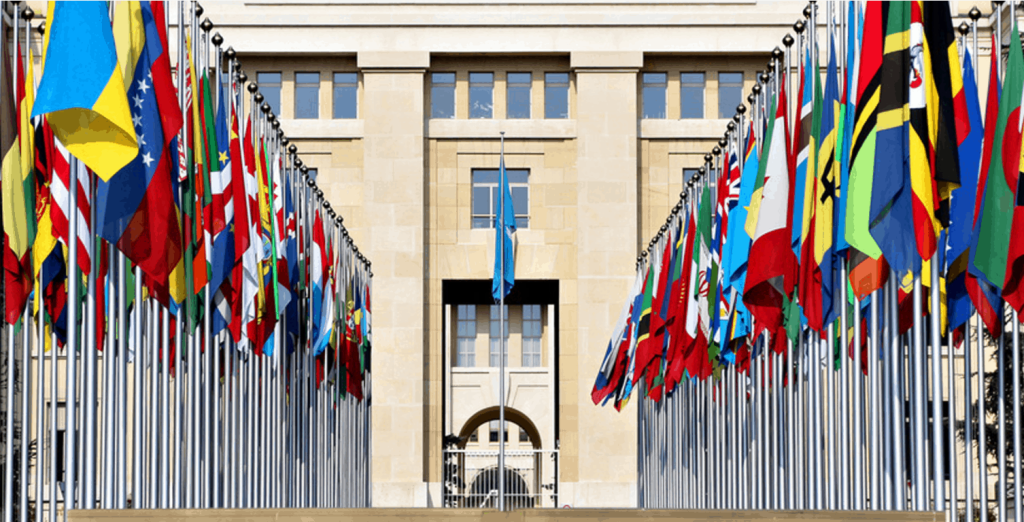The urgent call for accelerated action towards achieving gender equality in the realm of science has been emphatically echoed by the United Nations, underscoring its vital role in sculpting a more promising tomorrow.
On the occasion of the International Day of Women and Girls in Science, annually observed on February 11th, UN Secretary-General António Guterres delivered a resounding message, amplifying the need to recognise the rightful place of women and girls within the scientific sphere. He stressed that their inclusion not only ignites innovation but also empowers them to unleash their full potential. This year’s thematic focus, jointly designated by UNESCO and UN Women, revolves around “Bridging the Gender Divide in Science.”
Expressing grave concern over the persistent systemic barriers and biases obstructing the paths of women and girls towards scientific pursuits, Guterres mourned the enduring challenges they confront.

Despite concerted global endeavours, statistics reveal a stark reality wherein women comprise only about one-third of scientific researchers worldwide—a ratio that has seen minimal fluctuation over the past decade, exhibiting significant geographical disparities.
As per the latest dataset from the UNESCO Institute of Statistics, the representation of female researchers ranges from a mere 23% in South Asia to a relatively more encouraging 52% in Southeast Europe, with notable variations across regions.
However, the absence of reliable data from numerous countries hampers a comprehensive understanding of the extent of gender disparities in the scientific arena. Notably, 98 nations have abstained from furnishing data for the period spanning 2018 to 2021, exacerbating the informational deficit concerning gender differentials in scientific vocations.
The persistent gender gap within scientific disciplines presents a formidable challenge, with pronounced disparities particularly evident in engineering and computer science. Recent data from 2018 reveals a disconcerting reality wherein women constituted merely 28% of engineering graduates and a slightly improved 40% of computer science graduates globally.
Even within affluent nations, the representation of women in post-graduate physics positions has stagnated, hovering marginally below the 20% mark, as per insights gleaned from Nature Reviews Physics.
These sobering trends underscore a broader narrative wherein women continue to grapple with underrepresentation in fields pivotal to propelling the Fourth Industrial Revolution and shaping the future labour market. Notably, in the domain of artificial intelligence, women comprise a mere 22% of professionals, indicative of entrenched disparities.


